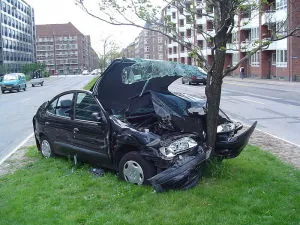Injuries of the Brachial Plexus
Old western movies often show the hero taking a wound the shoulder and shrugging it off as “nothing.” This would actually be a very bad place to be wounded because it contains an important structure called the “brachial plexus.” The brachial plexus is a complex joining and division of several nerves located in the shoulder. It’s formed by the bottom four nerves emerging from the cervical spine (the neck) and the top nerve emerging from the thoracic spine (the mid-back). These join together to form the lateral cord, posterior cord, and medial cord, which then further subdivide into multiple nerves that serve the upper back, chest, shoulder, arm, and hand.


Treatment for brachial plexus injuries will generally depend upon the severity of the injury and the duration of the symptoms. When the nerve has only been mildly stretched, the symptoms will often resolve quickly and completely on their own with no treatment. In somewhat more significant injuries, physical therapy may be helpful to recover. When there is a significant amount of scar tissue formation around the nerve, surgery may be an option to remove the scar tissue and reduce its irritation of the nerves. Where there has been a more significant injury to the nerves themselves, surgery in the form of nerve grafts and nerve transfer may help recover sensation and movement, however, this must be done before too much muscle-wasting has occurred. In situations where there is long-term or permanent pain, medication may be required to control symptoms.
Sacramento Personal Injury Lawyer
I’m Ed Smith, a Sacramento personal injury attorney with the primary accident information site on the web, AutoAccident.com.
If you or a loved one has suffered a traumatic injury caused by negligence, including a brachial plexus injury, call me now at 916.921.6400.
You can find out more about our office by looking for us either on Yelp or on Avvo, the attorney rating site.
